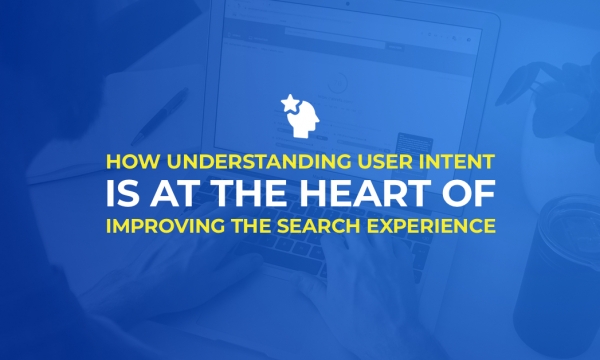SEO used to be much simpler. It was something that you could happily leave to your IT or e-commerce department and, with a few technical tweaks and some strategically placed meta tags, you could find yourself dining at Google’s top table. But Google is changing – and you have to change with it.
Digital success now depends on three core pillars; technical, content and authority enhancement. These three distinct elements each have their own individual skillsets and personalities. The challenge for you is to get them working together in complete harmony.
And why has Google done this? Because it wants you to be like them.
The fundamental principle of Google is relevancy. It wants to deliver the most relevant results to its users; first time, every time. If you’re irrelevant, Google will give you the ranking that you deserve. If you can make your brand the last word on your chosen niche; the brand that people want to talk about, you’ll reap the rewards.
It’s easier said than done.
Breaking down the walls between your key departments
The social department may have an amazing campaign in the pipeline, but the PR department is concerned that the message “isn’t quite on brand” and the IT team is worried about the security implications of adding social media widgets to your archaic CMS. Then SEO agency throws in its two cents and the compliance department is raises more questions than answers. The net result? Nothing gets done. Vested interests get in the way and various stakeholders spend valuable time coming up with reasons why things can’t happen, rather than finding solutions for why they can.
Of course, it is right that the IT department are concerned about site security and you would expect the PR department to be concerned about the integrity of the brand, but these very expectations are creating a wall of organisational barriers to your businesses online success. As digital continues to evolve, SEO will inevitably touch upon more and more departments, which all need to have a clear direction and a consensus on what the business is trying to achieve. That has to come from the top. If your IT, branding, content, social and legal teams haven’t met before, you need to make sure that they start getting acquainted because Google expects them to work more closely than ever before.
Create an environment that lets digital activity thrive
Digital marketing works when there is a clear vision and ambition for the business. Every single stakeholder, including your agency, needs to know exactly what “success” looks like and be invested into that vision. That direction can only come from the CEO.
Digital marketing cannot continue to exist in its own bubble or silo, separate from the other functions of the business. If you’re reading this as someone who doesn’t quite “get” digital, you need to start getting it – and quickly. The success of your online operations demands unequivocal buy-in in the boardroom.
When the board is invested in the success of its digital marketing, the key stakeholders have that vision. That vision allows teams to break organisational barriers, put aside their individual interests and embrace change for the better.
Without it, Google will leave you behind.
Five key actions to change your approach
1. Stop calling it ‘SEO’
Stop calling it “SEO”. Stop calling it “digital marketing”. Start calling it “marketing”. It might only sound like a semantic change, but this will be a seismic shift in the culture and attitude towards your online activity. Stop treating SEO as something that lives in a separate silo and instead, make it a central component of your marketing.
2. Make it the CEO's job
Success stems from the vision set from the very top. Ensuring that every employee and stakeholder, from the boardroom to the shop floor, is bought into the goals and ambitions of the business.
3. Remove the organisational barriers
Ensuring your individual departments are working to a common goal is vital. Make it clear what “success” looks like and keep them on track. Turn your departments from a team of ‘can’t dos’ into a team of ‘can dos’.
4. Put your audience at the heart of everything you do
If audiences are going to talk about you, you have to do something that they care about. Know who your audience are, know what they like, and give it to them. Whether they want to be entertained, informed, shocked or amazed, create something that will get them talking, clicking sharing and tweeting.
5. Eliminate the fear of change
Change is controversial. Trying to change how things are done is perhaps the single biggest cause of friction within large organisations. However, in an age where Google makes around 500 algorithm changes per year, a fear of change can be crippling.


